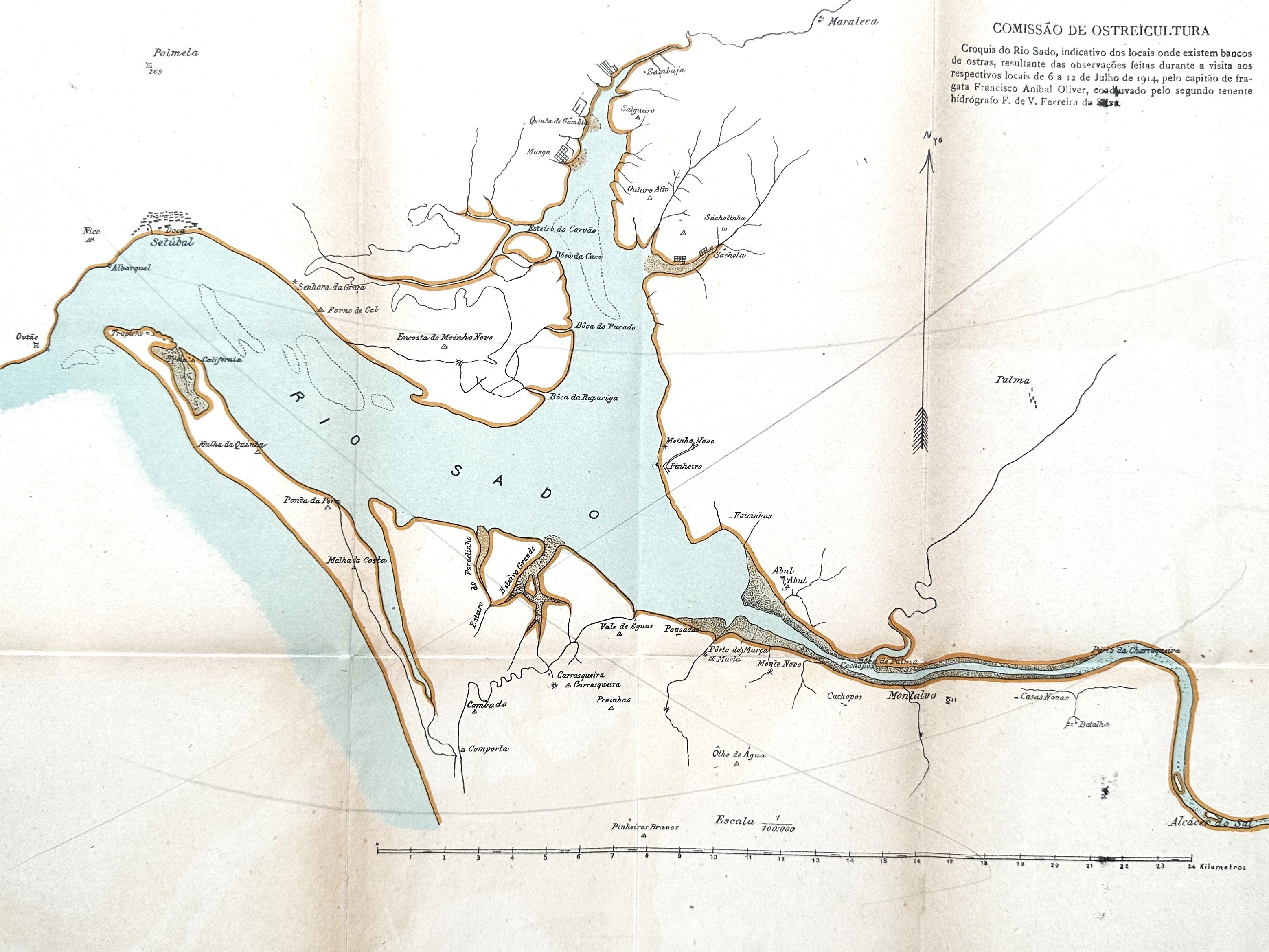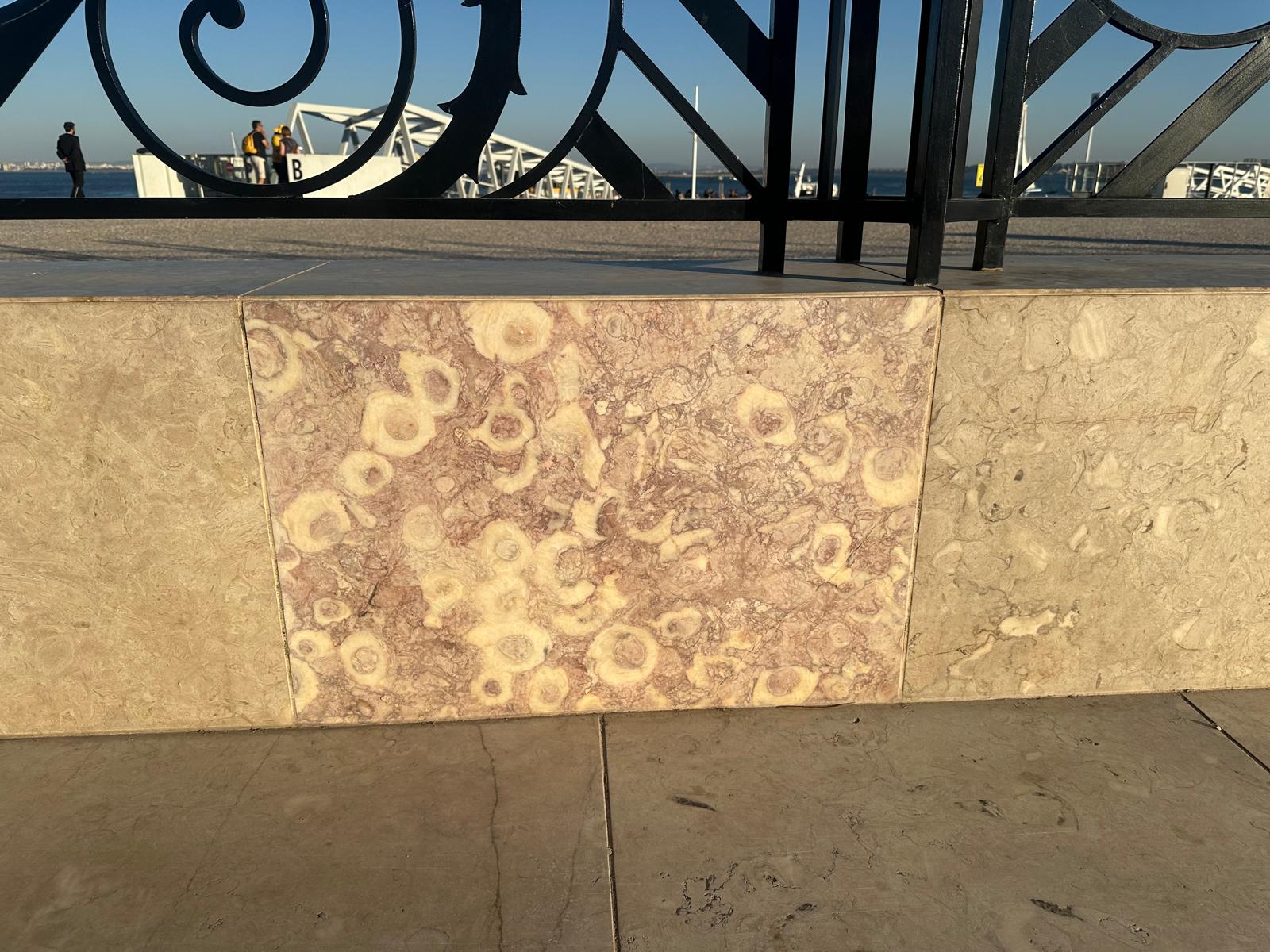History
The history of oysters in Setúbal dates back to ancient times, with the first records of shell collecting in the region dating back to around 5000 BC. The Sado estuary in Setúbal and the Tagus estuary in Lisbon had some of the largest natural oyster banks in Europe.
Unfortunately, a seaborne disease in 1968 combined with rising levels of water pollution in the ensuing years caused the Sado River's oyster population to shrink to a fraction of its historic levels. As the oyster population declined, water quality worsened and local oyster farmers abandoned their work in favor of more lucrative opportunities.
Water quality began to improve in the 1990s with the advent of effluent treatment, and bold conservation initiatives gradually restored the Sado River to the mineral-rich ecosystem we know today. As the Sado's waters improved, long-absent species like dolphins began to return.
We're proud to be a part of this thriving ecosystem, which is why we lead oyster rehabilitation programs to help preserve it for future generations.

The Tejo Oyster Depuration Post, c. 1957
By the 1950s, there was already a developed oyster industry in the Lisbon area, with a large depuration post in Gaio-Rosário

Natural oyster banks in Rio Sado
In 1921, oysters lined the banks of the Sado river. Overharvesting and disease decimated their population in Sado - and throughout Europe.

Oyster fossils
Fossilized oysters in the locally-quarried stone used throughout the Lisbon area confirms the historical presence of vast oyster banks
